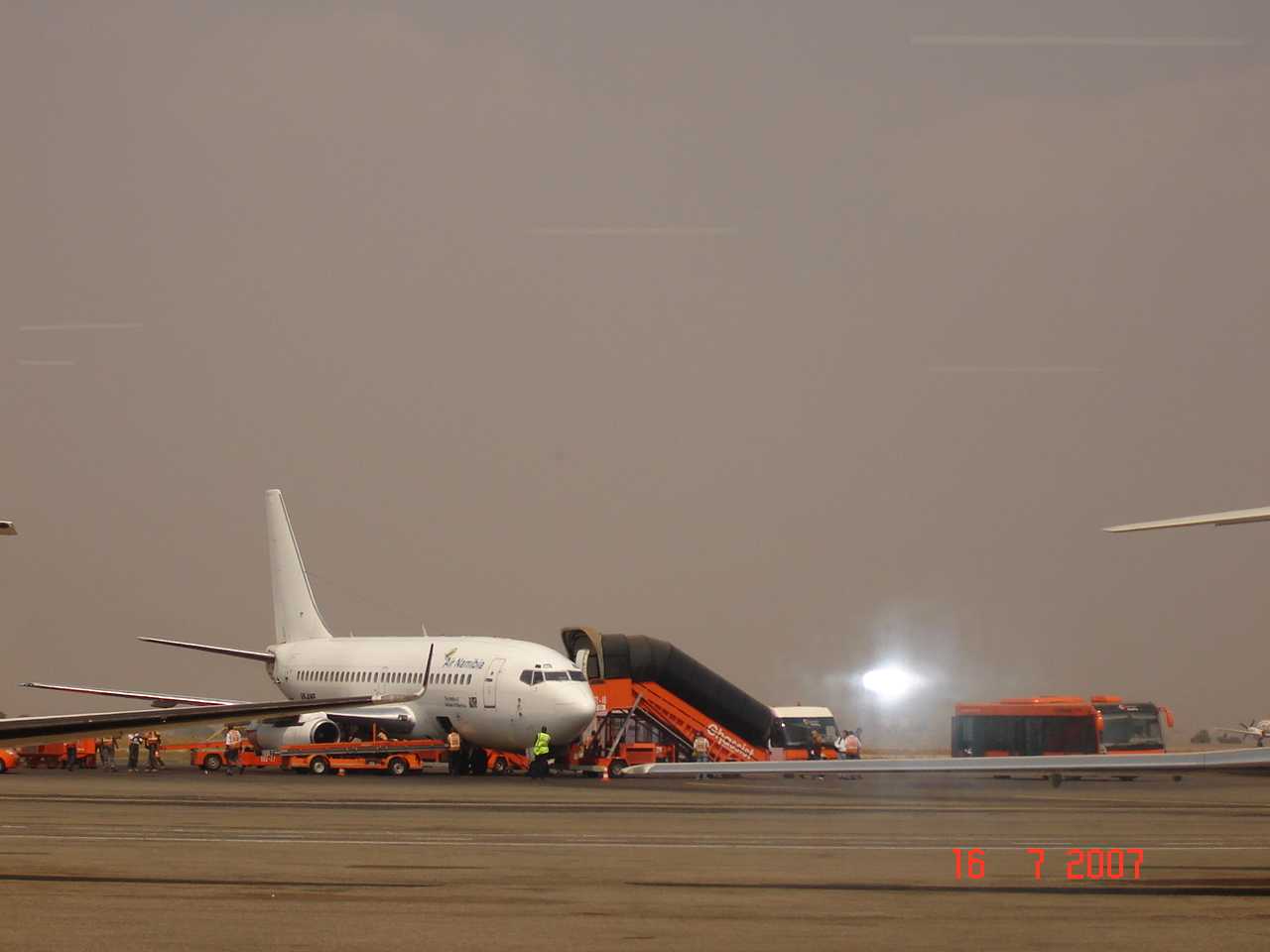This article is a reblog from the View from Fez.The View from Fez was formed in 2005 to promote interest and understanding of life and culture in the Medina of Fez and Morocco.
Surging passenger arrivals and new links with Europe highlight a healthy period of growth in Morocco’s aviation sector, which has been benefiting from the government’s airport expansion and open skies initiatives,
Passenger traffic for the summer months of May, June and July saw an average percentage point rise of 13% on the prior year, according to data released by Office National Des Aéroports, with the kingdom’s airports handling 1.59m passengers in July alone.
Casablanca remains the dominant hub, accounting for 49% of all passenger traffic for the year-to-date period. However, Tangier (37.3%) and Nador (21.8%) all witnessed double-digit passenger growth for the first seven months of 2010, with Fez seeing arrivals grow by 39.2%.
Overall, it has been a bad year for global aviation. The volcanic ash cloud from Iceland playing havoc with air travel for weeks, even forcing the closure of eight of Morocco’s airports for one day in May. The disruption, which forced the cancellation of hundreds of flights, came on top of a 3.5% decline in global passenger demand in 2009, according to the International Air Transport Association.
 |
| A Royal Air Maroc 737-500 |
Morocco, however, has been an exception to the gloomy outlook, with almost uninterrupted growth in passenger numbers since 2007. A government drive to develop aviation infrastructure and boost visitor numbers has largely been credited for the positive trend.
Between 2005 and 2008 the government launched a €670m strategy to modernize and expand most of the country’s 12 airports. This included a €173m upgrade of Mohammed V Airport in Casablanca, doubling its annual capacity to 8m passengers, as well as terminal upgrades and runway extensions in Tangier, Al Hoceima, Essaouira, Errachidia, Dakhla and Marrakesh.
Office National des Aeroports is inviting firms to pre qualify by September 30 for a huge new terminal project at Marrakech International, which will double the airport’s capacity, and a €56m upgrade of Fez Saiss. Both developments are to be financed through loans from the African Development Bank.
Another significant contributor to growth has been an aviation deal signed between Morocco and the EU in 2006. The open skies agreement, which removed all capacity restrictions, was the first of its kind between the EU and a non-EU member.
The deal allows any number of airlines from the EU and Morocco unlimited rights to fly between any city-pair involving the country and EU member nations without significant restrictions on capacity, frequency or price.
As a result of the accords, a flurry of new airlines have entered the Moroccan market over the last three years. In February 2010, Ryanair, the Irish budget airline, announced a new route between Edinburgh and Marrakesh commencing in May 2010. This was followed by an announcement by the UK-based low-cost carrier EasyJet that it plans to open a new route between Fez and Paris in November 2010. The carrier already operates flights to Casablanca, Marrakesh, Tangier and Agadir.
Air Arabia Maroc, a low-cost airline set up as a joint venture between various Moroccan investors and Sharjah's Air Arabia, was also launched in late 2009.
Airlines and airports are not the only beneficiaries of the government’s drive to improve its profile in the aviation sector. In recent years, Morocco has also emerged as an industrial subcontracting base for larger European space and aeronautics contractors. Today the sector employs 7000 workers at 90 companies, with an export volume of €520m.
The country has also created additional incentives to attract new aerospace firms, with total exemption from corporate tax for five years, partial responsibility for personnel technical training costs, and the development or expansion of new special aeronautic industrial areas like Nouasseur, near the Casablanca international airport.
"We want to create 15,000 additional jobs in the aviation sector and want it to generate €360 million of GDP between 2009-2015,” a government official told the Morocco Board News Service, a national news agency, in January. Earlier this year the Ministry of New Technologies and Finance signed a €12 million deal with Zodiac Aerospace Maroc to begin research and production of aeronautical equipment.
In a move likely to further boost passenger arrivals, the Caisse de Depot et de Gestion, a state-run investment fund, announced in September that it would invest €1bn in tourism projects in over the next five years. This comes on top of Morocco’s massive Plan Azur, an ambitious government-backed plan launched in 2002 to boost visitor arrivals to 10m per year.
Provided Morocco continues to invest as enthusiastically in the tourism and transport segments as it has done in recent years, the country’s defiant growth trajectory looks set to continue.
Source:View from Fez










































